-
 Bitcoin
Bitcoin $104,977.2024
-0.79% -
 Ethereum
Ethereum $2,618.2067
-0.03% -
 Tether USDt
Tether USDt $1.0004
-0.02% -
 XRP
XRP $2.2090
-2.35% -
 BNB
BNB $666.7281
-0.15% -
 Solana
Solana $154.0605
-2.14% -
 USDC
USDC $0.9997
-0.02% -
 Dogecoin
Dogecoin $0.1896
-3.18% -
 TRON
TRON $0.2726
1.32% -
 Cardano
Cardano $0.6727
-3.66% -
 Hyperliquid
Hyperliquid $35.7697
-3.19% -
 Sui
Sui $3.1869
-2.98% -
 Chainlink
Chainlink $13.8494
-3.59% -
 Avalanche
Avalanche $20.1630
-6.35% -
 Stellar
Stellar $0.2677
-2.75% -
 UNUS SED LEO
UNUS SED LEO $8.9617
-0.61% -
 Bitcoin Cash
Bitcoin Cash $401.1624
-0.76% -
 Toncoin
Toncoin $3.1899
-0.55% -
 Shiba Inu
Shiba Inu $0.0...01289
-1.80% -
 Hedera
Hedera $0.1683
-2.98% -
 Litecoin
Litecoin $88.8825
-1.89% -
 Polkadot
Polkadot $4.0342
-3.77% -
 Monero
Monero $318.8920
-8.69% -
 Ethena USDe
Ethena USDe $1.0011
-0.02% -
 Bitget Token
Bitget Token $4.7273
-2.13% -
 Dai
Dai $0.9998
-0.02% -
 Pepe
Pepe $0.0...01196
-3.71% -
 Pi
Pi $0.6483
-0.29% -
 Aave
Aave $264.4624
-0.45% -
 Uniswap
Uniswap $6.3144
-5.66%
Slippage problem in contract transactions: causes of slippage and reduction methods
Slippage in crypto trading, caused by market volatility and liquidity, impacts profitability; using limit orders and trading during high liquidity can mitigate it.
Jun 01, 2025 at 11:01 pm
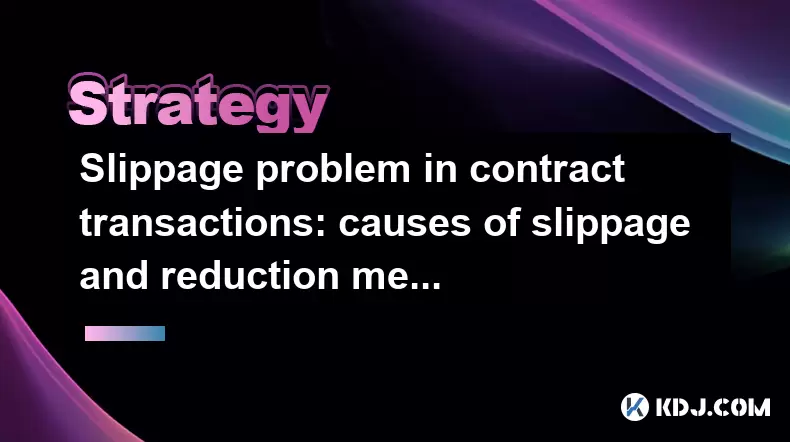
Slippage in contract transactions is a common issue that traders encounter in the cryptocurrency market. Slippage refers to the difference between the expected price of a trade and the price at which the trade is actually executed. This phenomenon can significantly impact the profitability of trades, particularly in volatile markets. In this article, we will delve into the causes of slippage and explore various methods to reduce its occurrence in contract transactions.
Understanding Slippage in Cryptocurrency Trading
Slippage occurs when there is a change in the market price between the time a trade order is placed and the time it is executed. In the context of cryptocurrency trading, this can happen due to several factors, including market volatility, liquidity, and the type of order used. Slippage can be both positive and negative, but it is typically seen as a negative factor as it often results in a less favorable execution price than anticipated.
Causes of Slippage in Contract Transactions
Several factors contribute to slippage in contract transactions. Understanding these causes can help traders anticipate and mitigate potential issues.
Market Volatility
Market volatility is one of the primary causes of slippage. Cryptocurrencies are known for their rapid price movements, which can lead to significant discrepancies between the expected and actual execution prices. During periods of high volatility, the price of a cryptocurrency can change rapidly, causing the order to be filled at a different price than intended.
Liquidity
Liquidity plays a crucial role in the occurrence of slippage. In markets with low liquidity, there may not be enough buyers or sellers to fulfill large orders at the desired price. As a result, the order may be executed at a less favorable price, leading to slippage. Conversely, in highly liquid markets, the impact of slippage is generally reduced due to the availability of more trading volume.
Order Type
The type of order used can also affect slippage. Market orders are executed immediately at the best available price, which can lead to higher slippage, especially in volatile markets. Limit orders, on the other hand, allow traders to set a specific price at which they are willing to buy or sell, potentially reducing slippage but also carrying the risk of the order not being filled if the market does not reach the specified price.
Methods to Reduce Slippage in Contract Transactions
While slippage cannot be entirely eliminated, there are several strategies that traders can employ to minimize its impact on their trades.
Using Limit Orders
One effective way to reduce slippage is to use limit orders. By setting a specific price at which you are willing to buy or sell, you can ensure that your order is only executed at that price or better. This can help prevent the negative effects of slippage, although it comes with the trade-off that the order may not be filled if the market does not reach the specified price.
- Open your trading platform and navigate to the order entry section.
- Select the cryptocurrency pair you wish to trade.
- Choose the "Limit Order" option.
- Enter the desired price at which you want to buy or sell the cryptocurrency.
- Set the quantity of the cryptocurrency you wish to trade.
- Review your order details and submit the order.
Trading During High Liquidity Periods
Trading during periods of high liquidity can also help reduce slippage. High liquidity means there are more buyers and sellers in the market, increasing the likelihood that your order will be filled at the desired price. Typically, liquidity is higher during major market hours and when significant news events are expected.
- Monitor market liquidity indicators such as trading volume and order book depth.
- Identify peak trading hours for the specific cryptocurrency you are trading.
- Plan your trades to coincide with these high liquidity periods.
Avoiding Large Orders
Avoiding large orders can also help minimize slippage. Large orders can exhaust the available liquidity at the desired price level, causing the order to be filled at multiple price points and increasing the likelihood of slippage. Breaking down large orders into smaller ones can help mitigate this issue.
- Determine the total quantity of the cryptocurrency you wish to trade.
- Divide the total quantity into smaller, manageable chunks.
- Place multiple smaller orders instead of one large order, allowing each to be filled at a more favorable price.
Utilizing Slippage Tolerance Settings
Some trading platforms offer slippage tolerance settings that allow traders to specify the maximum amount of slippage they are willing to accept. By setting a slippage tolerance, you can ensure that your order is only executed if the price does not deviate beyond the specified threshold.
- Access the advanced settings or order options in your trading platform.
- Look for the slippage tolerance or slippage protection feature.
- Set the maximum slippage percentage you are willing to accept.
- Review and confirm your order settings before submitting the order.
Impact of Slippage on Trading Strategies
Slippage can have a significant impact on various trading strategies, particularly those that rely on precise entry and exit points. High-frequency trading, arbitrage, and scalping are particularly sensitive to slippage, as even small deviations in execution price can affect the profitability of these strategies.
High-Frequency Trading
High-frequency trading involves executing a large number of trades within very short time frames. Slippage can erode the thin margins that these traders rely on, making it essential to use strategies that minimize slippage, such as trading during high liquidity periods and using limit orders.
Arbitrage
Arbitrage involves exploiting price differences between different markets or exchanges. Slippage can significantly impact the profitability of arbitrage opportunities, as the expected profit may be reduced or even turned into a loss if the execution prices deviate from the anticipated levels. Using limit orders and trading during high liquidity periods can help mitigate this risk.
Scalping
Scalping is a trading strategy that involves making numerous small trades to profit from small price movements. Slippage can quickly erode the small profits that scalpers aim to capture, making it crucial to minimize slippage through the use of limit orders and trading during high liquidity periods.
Frequently Asked Questions
Q: Can slippage be completely avoided in cryptocurrency trading?
A: While slippage cannot be entirely avoided, traders can take various measures to minimize its impact, such as using limit orders, trading during high liquidity periods, and avoiding large orders.
Q: How does slippage affect long-term investment strategies?
A: Slippage generally has a more significant impact on short-term trading strategies than long-term investment strategies. However, even long-term investors can benefit from minimizing slippage when entering or exiting positions to optimize their overall returns.
Q: Are there any tools or indicators that can help predict slippage?
A: While there are no specific tools or indicators that can predict slippage with certainty, traders can use market volatility indicators, liquidity measures, and order book analysis to gauge the potential for slippage and adjust their trading strategies accordingly.
Q: How does the choice of trading platform affect slippage?
A: The choice of trading platform can impact slippage due to differences in execution speed, liquidity, and available order types. Platforms with faster execution speeds and higher liquidity tend to have lower slippage, while those with slower execution and lower liquidity may experience higher slippage.
Disclaimer:info@kdj.com
The information provided is not trading advice. kdj.com does not assume any responsibility for any investments made based on the information provided in this article. Cryptocurrencies are highly volatile and it is highly recommended that you invest with caution after thorough research!
If you believe that the content used on this website infringes your copyright, please contact us immediately (info@kdj.com) and we will delete it promptly.
- Dogecoin (DOGE) Price Prediction: Meme Cryptocurrency Could Reach $1.05 by Early June
- 2025-06-05 11:00:28
- Token-Mol: A Large-Scale Language Model for Molecular Pre-training
- 2025-06-05 11:00:28
- TLDR: Dogecoin (DOGE) Price Breaks Out As Market Cap Reaches $32 Billion, Targeting $0.65
- 2025-06-05 10:55:13
- Bitcoin (BTC) Hits Crucial Resistance Level That Could Push or Halt Its Rally Toward a New All-Time High (ATH)
- 2025-06-05 10:55:13
- Global Cryptocurrency Market Cap Now Stands at $3.32T, Down by 1.21% Over the Last Day
- 2025-06-05 10:50:13
- Uzbekistan Launches HUMO Token Pilot Targeting Financial Inclusion and Modernization
- 2025-06-05 10:50:13
Related knowledge
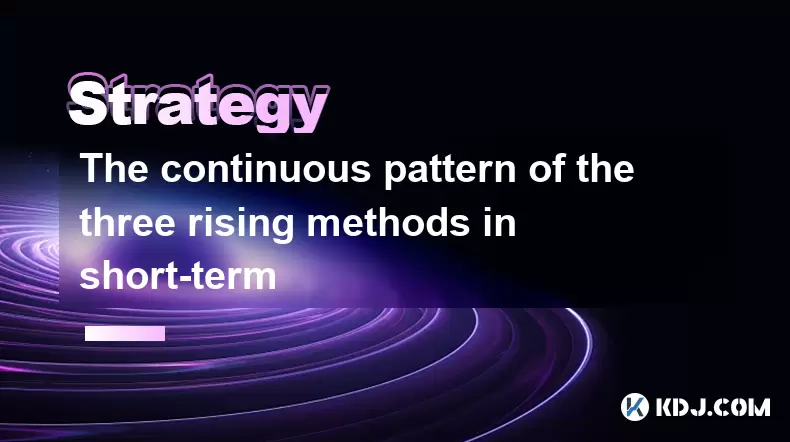
The continuous pattern of the three rising methods in short-term
Jun 05,2025 at 02:49am
The continuous pattern of the three rising methods in short-term trading within the cryptocurrency market is a technical analysis pattern that traders often use to identify potential bullish trends. This pattern, also known as the 'three advancing white soldiers,' is characterized by three consecutive bullish candles, each closing higher than the previo...
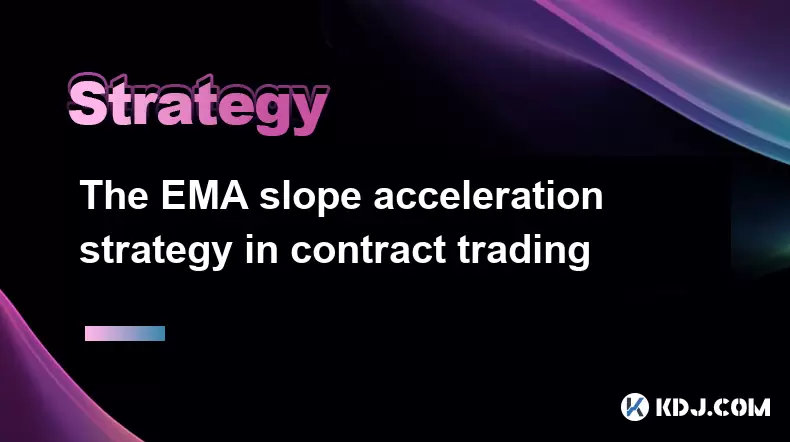
The EMA slope acceleration strategy in contract trading
Jun 02,2025 at 12:42pm
The EMA slope acceleration strategy is a popular method used by traders in the cryptocurrency contract trading market to identify potential entry and exit points. This strategy leverages the Exponential Moving Average (EMA) to gauge the momentum and direction of price movements. In this article, we will explore the intricacies of the EMA slope accelerat...
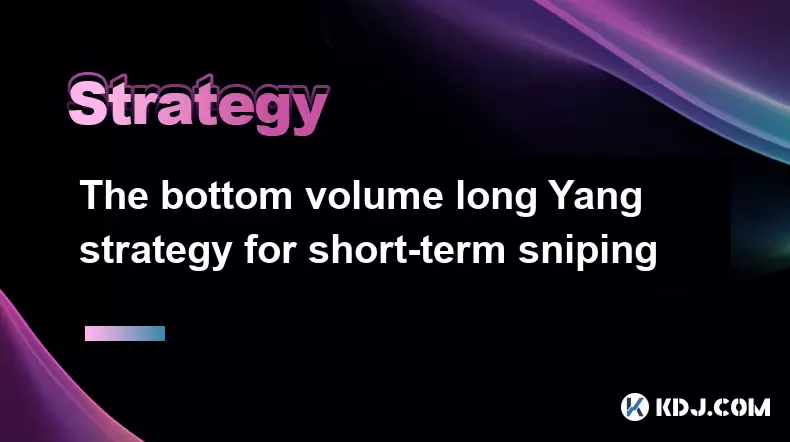
The bottom volume long Yang strategy for short-term sniping
Jun 05,2025 at 10:56am
The bottom volume long Yang strategy is a tactical approach used by traders in the cryptocurrency market to identify and capitalize on short-term price movements. This strategy focuses on finding moments when the trading volume is at its lowest and the price action shows signs of a potential bullish reversal, known as a 'long Yang' pattern. In this arti...
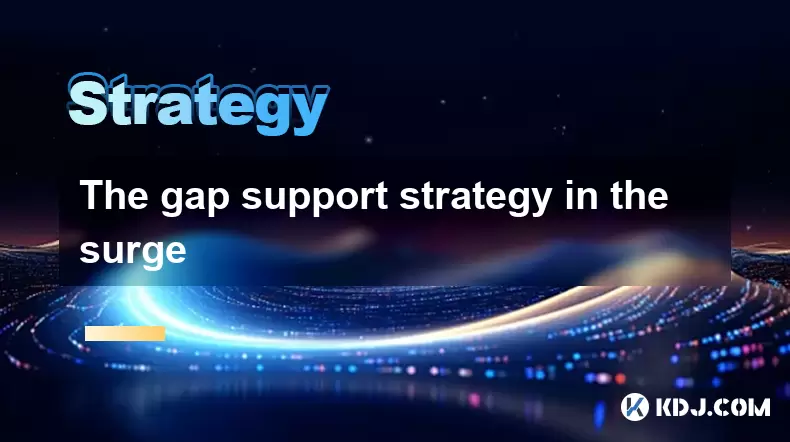
The gap support strategy in the surge
Jun 01,2025 at 01:00am
Introduction to the Gap Support StrategyThe gap support strategy is a popular trading approach within the cryptocurrency market, particularly used during periods of significant price surges. This strategy involves identifying and capitalizing on price gaps that occur in the market, which can serve as potential support levels during a surge. By understan...
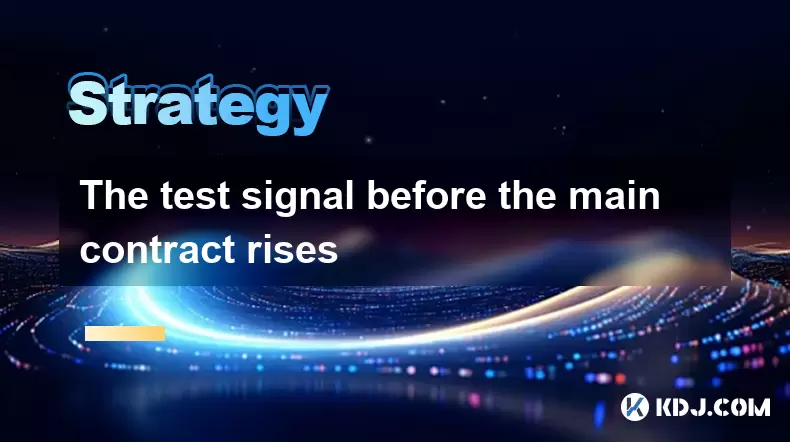
The test signal before the main contract rises
May 31,2025 at 11:49pm
In the dynamic world of cryptocurrency trading, understanding market signals can significantly enhance a trader's ability to make informed decisions. One such phenomenon that has garnered attention among crypto enthusiasts is the test signal before the main contract rises. This article delves into what this signal entails, how to identify it, and its im...
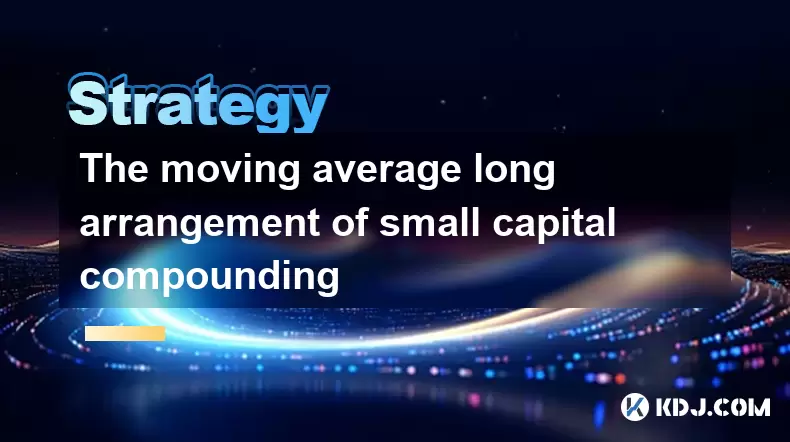
The moving average long arrangement of small capital compounding
May 31,2025 at 10:21pm
Understanding Moving Averages in Cryptocurrency TradingIn the world of cryptocurrency trading, moving averages are a fundamental tool used by traders to identify trends and potential entry or exit points in the market. A moving average smooths out price data by creating a constantly updated average price, which can be calculated over different time peri...

The continuous pattern of the three rising methods in short-term
Jun 05,2025 at 02:49am
The continuous pattern of the three rising methods in short-term trading within the cryptocurrency market is a technical analysis pattern that traders often use to identify potential bullish trends. This pattern, also known as the 'three advancing white soldiers,' is characterized by three consecutive bullish candles, each closing higher than the previo...

The EMA slope acceleration strategy in contract trading
Jun 02,2025 at 12:42pm
The EMA slope acceleration strategy is a popular method used by traders in the cryptocurrency contract trading market to identify potential entry and exit points. This strategy leverages the Exponential Moving Average (EMA) to gauge the momentum and direction of price movements. In this article, we will explore the intricacies of the EMA slope accelerat...

The bottom volume long Yang strategy for short-term sniping
Jun 05,2025 at 10:56am
The bottom volume long Yang strategy is a tactical approach used by traders in the cryptocurrency market to identify and capitalize on short-term price movements. This strategy focuses on finding moments when the trading volume is at its lowest and the price action shows signs of a potential bullish reversal, known as a 'long Yang' pattern. In this arti...

The gap support strategy in the surge
Jun 01,2025 at 01:00am
Introduction to the Gap Support StrategyThe gap support strategy is a popular trading approach within the cryptocurrency market, particularly used during periods of significant price surges. This strategy involves identifying and capitalizing on price gaps that occur in the market, which can serve as potential support levels during a surge. By understan...

The test signal before the main contract rises
May 31,2025 at 11:49pm
In the dynamic world of cryptocurrency trading, understanding market signals can significantly enhance a trader's ability to make informed decisions. One such phenomenon that has garnered attention among crypto enthusiasts is the test signal before the main contract rises. This article delves into what this signal entails, how to identify it, and its im...

The moving average long arrangement of small capital compounding
May 31,2025 at 10:21pm
Understanding Moving Averages in Cryptocurrency TradingIn the world of cryptocurrency trading, moving averages are a fundamental tool used by traders to identify trends and potential entry or exit points in the market. A moving average smooths out price data by creating a constantly updated average price, which can be calculated over different time peri...
See all articles























































































